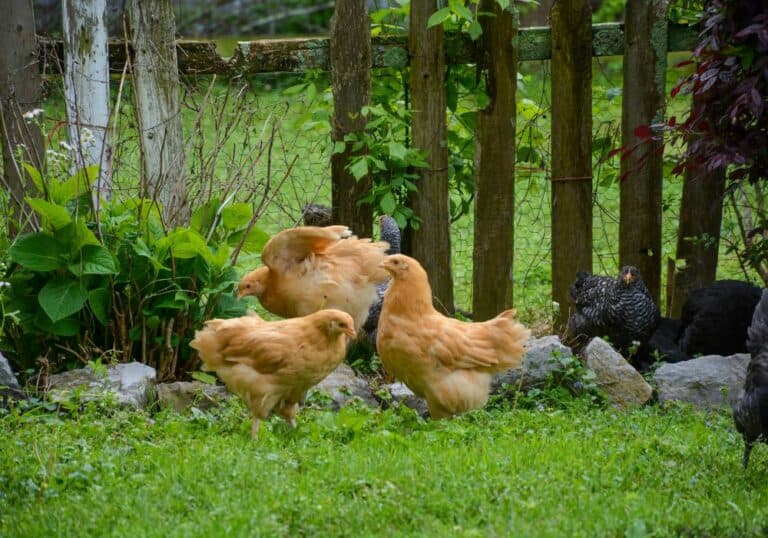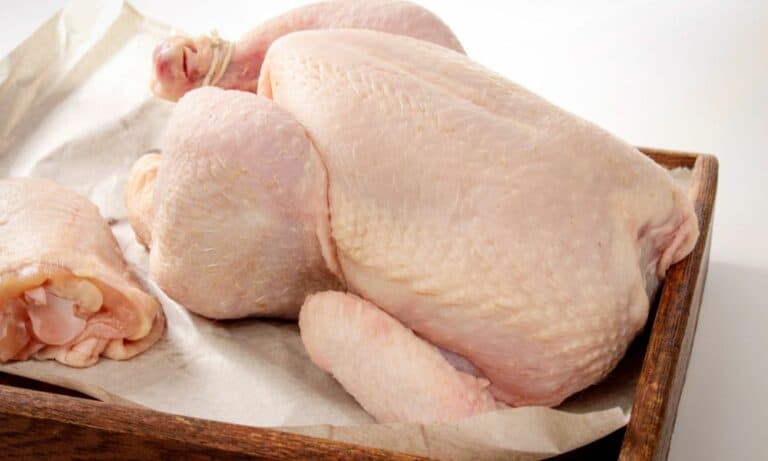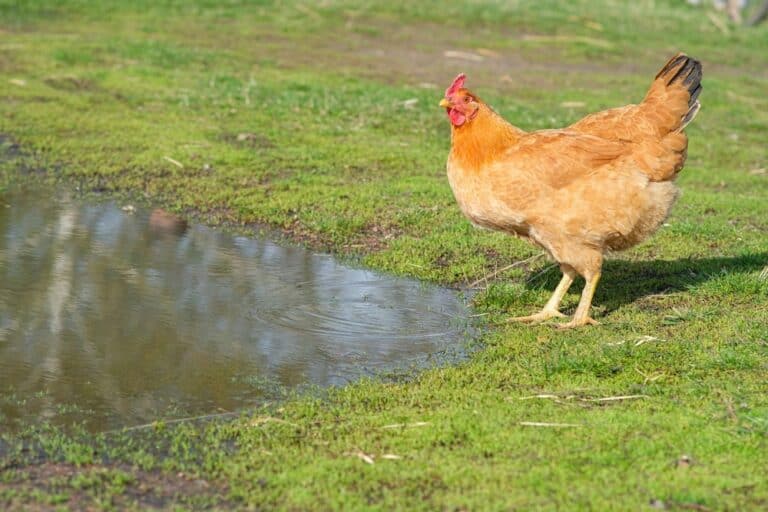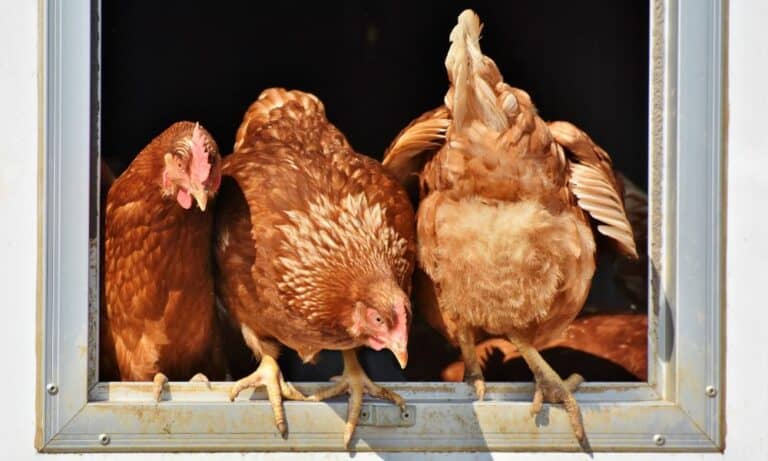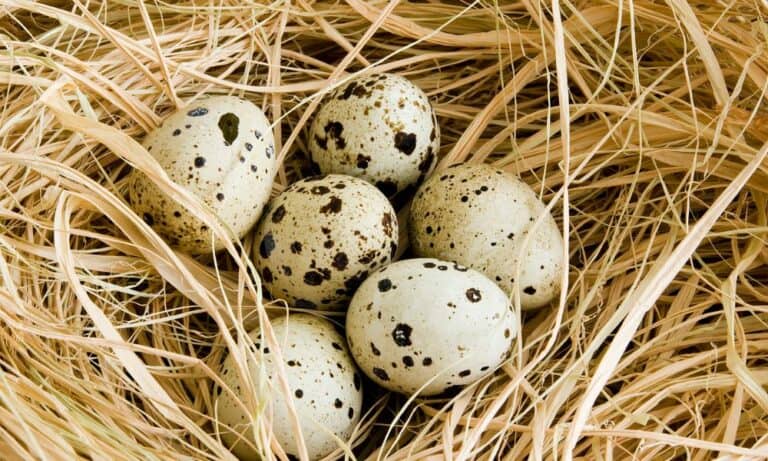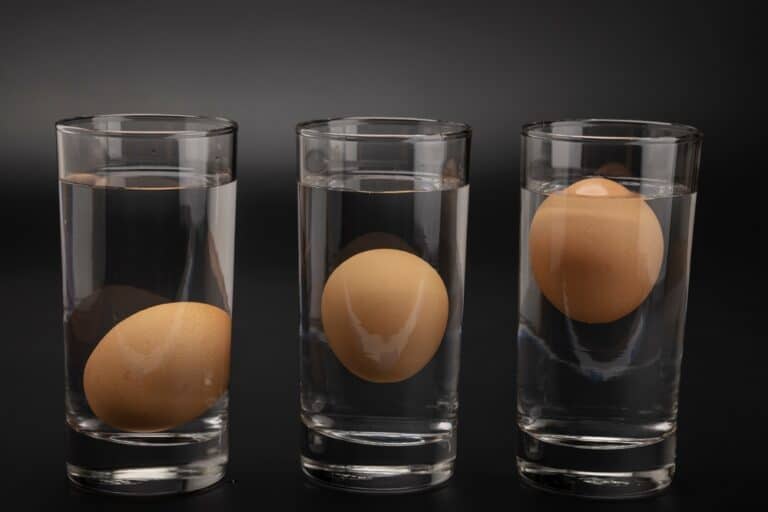Chicken raising is an act that has been around for thousands of years. That’s part of the reason why many of the diseases that affect poultry tend to have names that sound somewhat archaic or even fantasy-like at first glance.
A good example of this is Bumblefoot. It may sound lighthearted, but it really isn’t. Bumblefoot in chickens is a disease that can be quite debilitating and can cause your bird serious pain. If you are about to buy a chicken or start a flock, you need to know about bumblefoot.
This guide is designed to help people who are new to the care and keeping of chickens. It’ll go over what this disease does, how to treat it, how it happens, and what you can do to prevent it.
https://www.youtube.com/watch?v=H5lmmHqnOEU
What is bumblefoot?
Bumblefoot is an infection that is officially called plantar pododermatitis, and it’s not a pretty sight to see. This infection happens when bacteria (often staph) gets into a chicken’s foot pad (typically by an open wound) and begins to fester.
This infection will cause the chicken’s foot to swell up and form an abscess. Swelling and abscess creation aside, the infection can also lead to general sepsis, killing the chicken entirely. Many cases result in the loss of the foot.
How can you detect bumblefoot?
Bumblefoot is pretty easy to notice. Most chickens who have it will start limping because the abscess or scab where the infection is tends to hurt. If you notice a limping chicken (or just want to check your flock), look at the chicken’s feet.
If you notice a bump, an inflamed black scab, or a large round growth, then that is likely bumblefoot. It’s best to check with a veterinarian to make sure, at least the first couple of times.
Severe cases of bumblefoot may also cause swollen toes and
How does a chicken get bumblefoot?
The short answer is that the bacteria get inside the chicken’s foot pad due to a break in the tissues of the skin. The long answer is that bumblefoot tends to happen whenever chickens get wounded feet and go into areas that aren’t quite sanitary.
If you ask certain vets, recurring cases of bumblefoot tend to be a sign of poorly-kept birds. This is doubly true if the bumblefoot has spread to multiple birds in the flock. Healthy birds are usually able to fight off infections like this.
The most common reasons for bumblefoot include:
- Concrete floors. These can be painful for chicken feet and can also cut foot pads. Unsurprisingly, this can lead to bumblefoot.
- Poorly kept coops. If you have a lot of waste in the coop, then the chances of getting bacteria in foot pads become far more noticeable.
- Malnutrition. Chickens that are low in Vitamin A and calcium often are unable to fight off the infection that causes bumblefoot.
- Splinters. Splinters are a main cause of bumblefoot, especially from sticks, poorly-kept perches, and straw. This isn’t always preventable, but it’s still a cause.
- Heavy pressure on their feet. This is why heavier chicken breeds tend to have more cases than lighter types.
- Rough foraging terrain. If you have ever tried to walk barefoot on bad terrain, you already know why this could be a major cause of cuts on your feet. Sometimes, you may need to change the terrain a bit.
How do you treat bumblefoot?
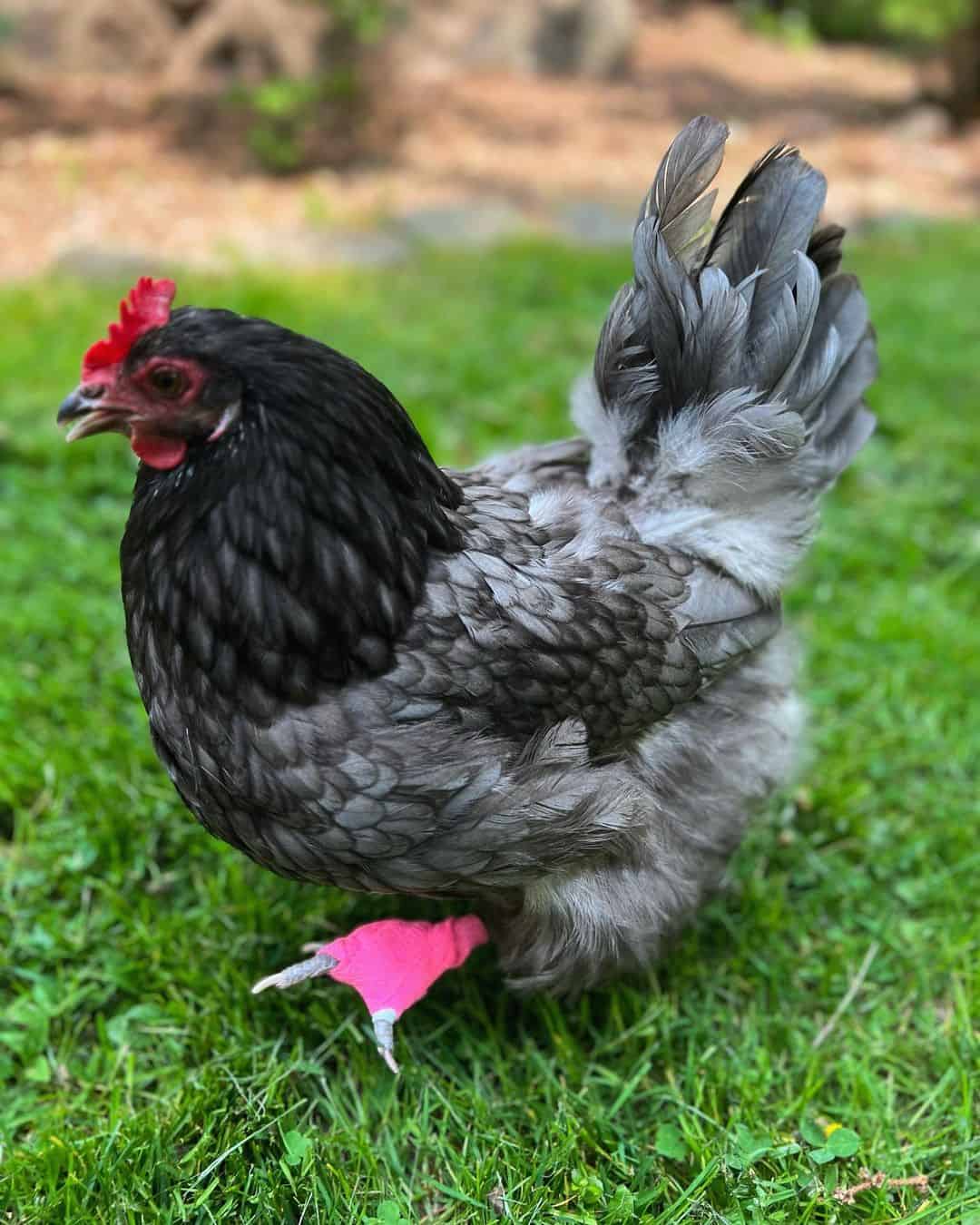
There are three main ways to make bumblefoot go away. Here’s what they are and what to expect from each.
Leave It Be
The first option is to watch and wait for two to three days. If the scab looks like it’s healing or stopped swelling, then your chicken may have been able to fight off the infection on its own. Just double-check five days later to make sure it doesn’t come back.
Manually Remove It Yourself
Do you notice a lot more expressions of chicken pain in your flock? Do you feel the need to act quickly? If so, then you can remove the bumblefoot yourself. Here’s how to do it.
- First, clean off the chicken’s foot with warm water and Epsom salt. Scrub off any poop on the foot with a gentle brush. Then, finish off the cleaning with a gentle spritz of 2 percent chlorhexidine or Vetericyn.
- Wrap the chicken in a soft bath towel and give her breathing room. You will need to hold your bird still while you do the next part. This helps keep them comfortable and also keeps you safe from chicken bites.
- Use a scalpel to remove the scab. Drain the pus-filled abscess and pat the area with more paper towels. Remove any dead skin around the area too. You can typically remove any excess tissue showing infection signs or decay.
- Use tweezers to remove the core. You will see a plug or kernel inside the foot. It’ll look solidified and waxy—almost like a dried seed or corn kernel. Take tweezers and remove that. That’s dehydrated pus.
- Spray the area with Vetericyn. This disinfects it again. Then dry it off with paper towels, clearing the area once more. Pat down with more towels to stop the bleeding.
- Wrap up the foot in gauze after applying anti-microbial cream. Make sure the foot is carefully secured. We suggest using a highly-secured vet wrap to hold the gauze pad in place.
Maintaining And Healing Post Initial Removal
Once this is all done, you are going to need to maintain the bandages by cleaning the area and changing them out until the foot is entirely healed. In very severe cases, you may need to remove kernels for two to three more days. They will often push out as it heals.
When keeping your bird in observation, check to see if there is any new pus, foul-smelling odor, or redness around the wound. If that’s the case, you may need to administer antibiotics. If the chicken is cared for with a solid vet wrap, you can usually put them back with the flock.
Vet Care
If you notice that you have multiple cases of bumblefoot in your flock, now would be a good time to call in a vet. The same can be said of less mild cases of bumblefoot, or moments where you notice that the chicken’s foot has started to go gangrene.
Obviously, vets are going to be the better option if you are unable to withstand the sight of blood. A bumble foot is pretty gnarly-looking, so you can be forgiven if you can’t bring yourself to touch it.
How do you prevent bumblefoot in chickens?
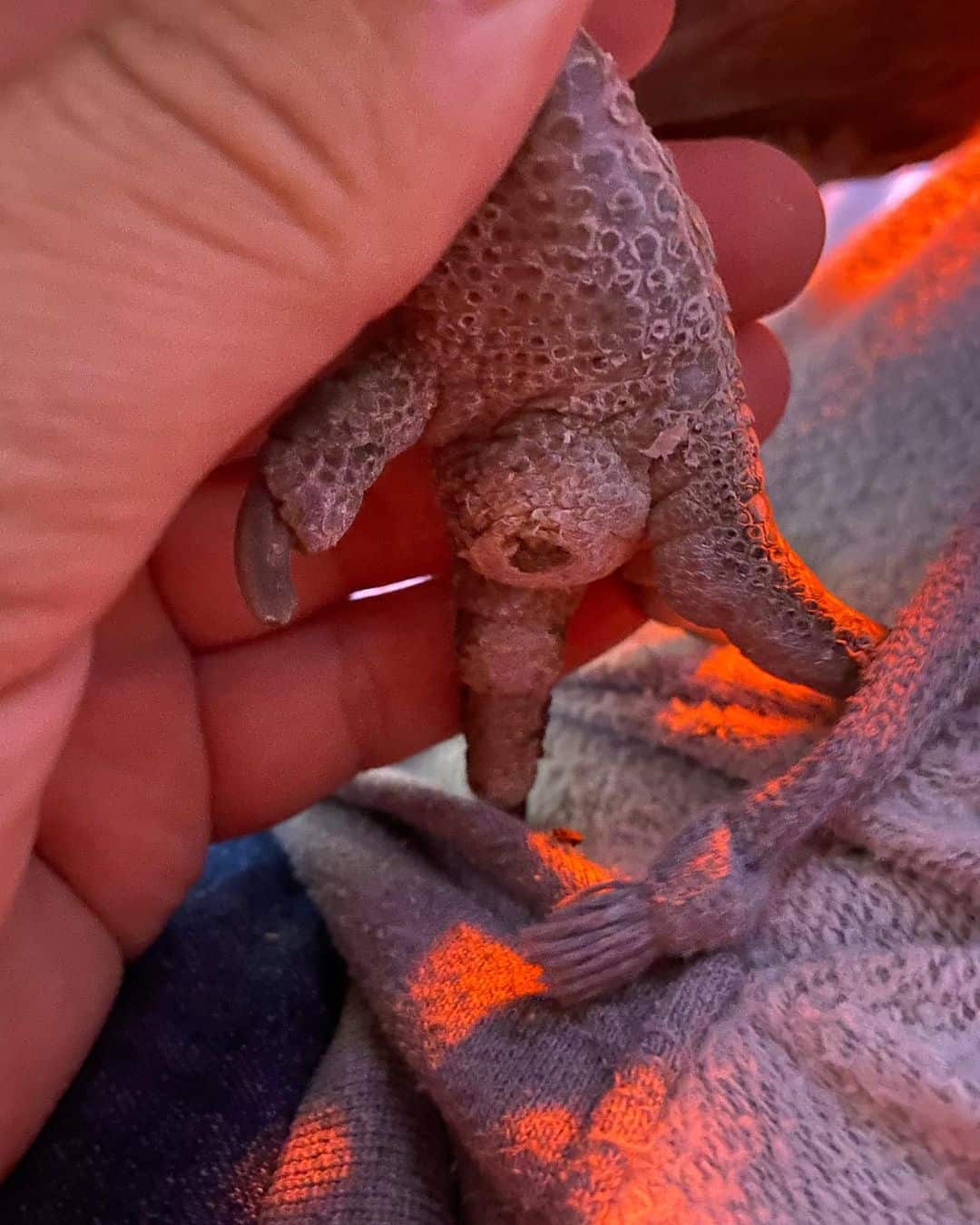
thetownhens
While it can be a mark of a poorly-kept flock, the truth is that not all cases of bumblefoot are preventable. These things can happen to the best chicken keepers, but still, you should make an effort to prevent everything you can. Here’s how:
- Make sure your coop’s flooring has a soft litter. Soft litter is easier on chickens’ feet and will make scratches less likely. If you own heavier breeds, this is a must-have.
- Clean up your chicken run of debris. Things like pointed rocks and spiky thorns, can cause bumblefoot in more than one chicken. A quick cleanup and gravel removal endeavor can help.
- Clean up your coop’s interior. You wouldn’t believe how often coops get dirty to the point of becoming a haven for staph. Sometimes, replacing your coop’s litter is the easiest way to prevent the spread of this.
- Keep roosts properly. A roost should be two to three feet above the floor of your coop. It also should be sanded down so that you don’t end up with nasty splinters. Roosts should not be hard to grip or too thin. Wooden roosts, not metal, are best.
- Give your chickens the opportunity to roost at the right time. Chickens can hurt their foot pads when they try to roost too early in life. They need to be at least 4 weeks old before they can roost.
- Feed them fermented feed. The probiotics in this can help improve their immune systems until they are able to fight off more infections.
- Give them Vitamin A and calcium. In many cases, bumblefoot is a result of a bird that doesn’t have many vitamins in its diet. Adding oyster shells, egg shells, and other calcium supplements can help. The same can be said of adding Vitamin A.
- Do not let your chickens get too heavy. Obesity can increase the risk of bumblefoot. Chicken feet are not built to handle a lot of weight.
- Don’t allow shrapnel to be in areas where chickens could get it. Metal and plastic bits are exactly what hurt chickens’ feet. You don’t want that anywhere near your coop or your run.
- If things persist, consider calling a vet to take a look at your setup. Sometimes, vets can figure out what’s causing bumblefoot in flocks better than we can. They will usually be able to advise you on what to do.
Is bumblefoot contagious?
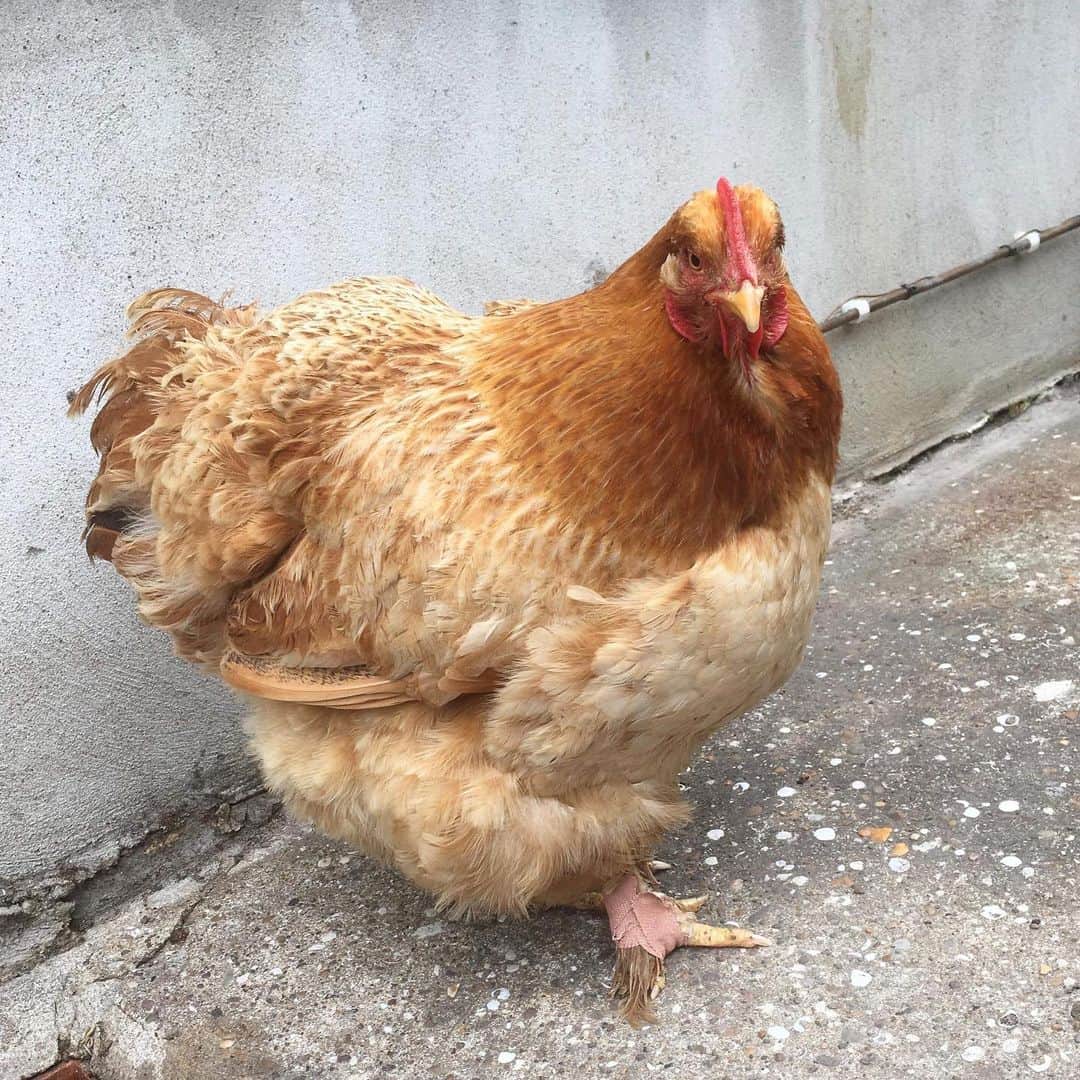
In most cases, bumblefoot is not contagious. This is simply due to the method of transmission, which requires there to be an open wound on the chicken’s foot in order for the infection to occur.
However, that doesn’t mean that there haven’t been situations where almost all members of a flock have caught it. This is rare, but it does happen. When it does, that means that something in your chickens’ area is harming their foot pads.
If you notice that your chickens are all getting a case of bumblefoot, this would be a good time to transfer them out of the coop and search for a reason why they may be getting injuries. Sometimes, sanding down their roosts or getting a clean bed of litter is all it takes.
Not having an easy time finding out what’s going on with your bumblefoot infection? Call in a vet, or call someone else you trust to have a keen eye to help you figure out what’s going on.
When should you call a vet?
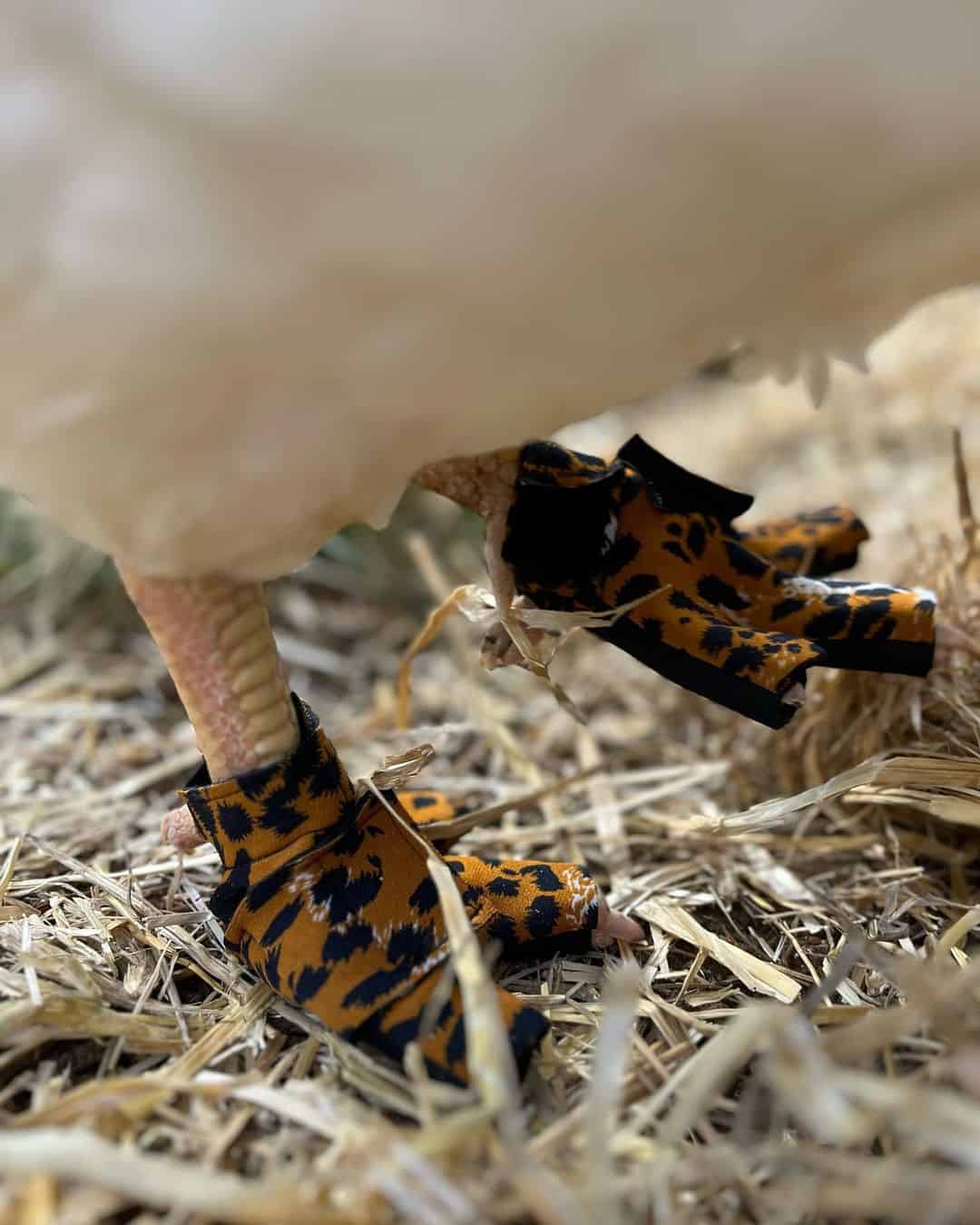
sweetpeepsmicrosanctuary
Veterinarians can prove to be valuable ally in your fight against bumblefoot. Here’s when you should consider calling vets in for help:
- Your chicken has a very severe case of bumblefoot. This is often not something that you should try to handle yourself. In many cases, it’s more humane and faster to have a pro-look at it.
- Your flock has been getting bumblefoot. If it is not a case of one or two chickens, but more, then you may need to have a professional help deduce what’s causing the infection. Otherwise, it will continue to harm your flock.
- You can’t handle the idea of excising kernels yourself. Not that anyone blames you. This is actually pretty gross stuff and not everyone has the stomach for it. A vet will be happy to help you when others won’t.
- You are not sure whether it’s bumblefoot or something else. While few things can be like this, it’s still better to be safe than sorry. A second opinion is a good choice to make if you can afford it.
Conclusion
If there was ever a poultry disease that really harmed chickens, it may be bumblefoot. This old-school disease affects their feet, and their ability to walk, and tends to be a sign of something gone awry within your chicken’s compound.
It’s a disease that can be extremely painful and even debilitating for your bird. A lot of prevention and careful watch over potential cases can help reduce the need for DIY surgery. Like with most other ailments, a healthy bird is a bird that is unlikely to have bumblefoot.
At the end of the day, this is a disease that you basically have to brace yourself for when you choose to have a flock of your own. Thankfully, this is easy to treat as long as you are willing to have the stomach for it.

